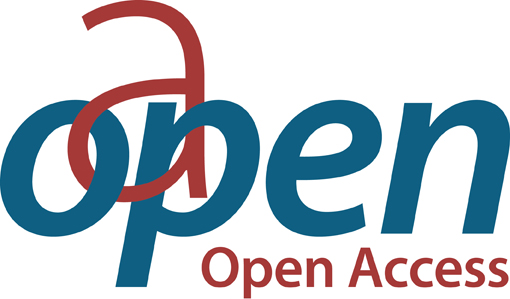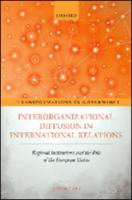Interorganizational Diffusion in International Relations
Regional Institutions and the Role of the European Union
| dc.contributor.author | Lenz, Tobias | |
| dc.date.accessioned | 2021-07-28T09:36:00Z | |
| dc.date.available | 2021-07-28T09:36:00Z | |
| dc.date.issued | 2021 | |
| dc.identifier | OCN: 1260255783 | |
| dc.identifier.uri | https://library.oapen.org/handle/20.500.12657/50257 | |
| dc.description.abstract | How and under what conditions does the European Union (EU) shape processes of institution building in other regional organizations? This book develops and tests a theory of interorganizational diffusion in international relations that explains how successful pioneer organizations shape institutional choices in other organizations by affecting the institutional preferences and bargaining strategies of national governments. The author argues that Europe’s foremost regional organization systematically affects institution building abroad, but that such influence varies across different types of organization. Mixing quantitative and qualitative methods, it shows how the EU institutionally strengthens regional organizations through active engagement and by building its own institutions at home. Yet the contractual nature of other regional organizations bounds this causal influence: EU influence makes an identifiable difference primarily in those organizations that, like the EU itself, rest on an open-ended contract. Evidence for these claims is drawn from the statistical analysis of a dataset on the institutionalization of 35 regional organizations in the period from 1950 to 2017, as well as from detailed single and comparative case studies on institutional creation and (non-)change in the Southern African Development Community, Mercosur, the Association of Southeast Asian Nations, and the North American Free Trade Agreement. | en_US |
| dc.language | English | en_US |
| dc.subject.classification | thema EDItEUR::J Society and Social Sciences::JP Politics and government::JPS International relations | en_US |
| dc.subject.classification | thema EDItEUR::J Society and Social Sciences::JP Politics and government::JPB Comparative politics | en_US |
| dc.subject.classification | thema EDItEUR::J Society and Social Sciences::JP Politics and government::JPR Regional, state and other local government | en_US |
| dc.subject.classification | thema EDItEUR::J Society and Social Sciences::JP Politics and government::JPS International relations::JPSN International institutions | en_US |
| dc.subject.classification | thema EDItEUR::1 Place qualifiers::1Q Other geographical groupings: Oceans and seas, historical, political etc::1QF Political, socio-economic, cultural and strategic groupings::1QFE EU (European Union) | en_US |
| dc.subject.classification | thema EDItEUR::J Society and Social Sciences::JP Politics and government::JPP Public administration | en_US |
| dc.subject.other | regional organizations, diffusion, institutional design, institutional change, contractual open-endedness, EU, Mercosur, SADC, ASEAN, NAFTA, mixed methods | en_US |
| dc.title | Interorganizational Diffusion in International Relations | en_US |
| dc.title.alternative | Regional Institutions and the Role of the European Union | en_US |
| dc.type | book | |
| oapen.identifier.doi | 10.1093/oso/9780198823827.001.0001 | en_US |
| oapen.relation.isPublishedBy | b9501915-cdee-4f2a-8030-9c0b187854b2 | en_US |
| oapen.relation.isbn | 9780198823827 | |
| oapen.pages | 288 | en_US |
| oapen.place.publication | Oxford | en_US |
| oapen.remark.public | Funder name: Leuphana Universität Lüneburg/German Institute for Global and Area Studies (GIGA) |

